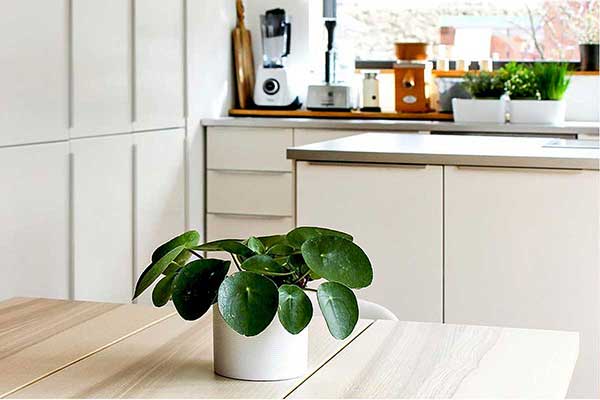
The Enchanting Journey of Pilea peperomioides
Part of the charm of Pilea peperomioides is its fascinating and mysterious journey from its native home in Yunnan, China, all the way to Europe and beyond — a journey made possible through cuttings passed hand to hand.
From China to Europe
The plant was first collected by George Forrest between 1906 and 1910 in the Cang Mountain range of Yunnan, southern China. In 1945, Norwegian explorer Agnar Espegren, living with his family in the Hunan region, rediscovered this species.
During a visit to Kunming in Yunnan, Espegren acquired a Pilea (likely from a local shop) and brought it with him to Calcutta, where his family stayed for about a year.
The Espegren family returned to Norway in March 1946, bringing the plant alive. Agnar Espegren then traveled across Norway, sharing small plants grown from the base of the original with friends. This way, the plant spread throughout Norway and Sweden.
Until recently, the full story was unknown to botanists.

A Famous but Mysterious Plant
Pilea gained popularity in the 1960s and 70s, especially around London, where it was found in the Royal Kew Gardens, the RHS Garden at Wisley, and Edinburgh Botanical Gardens.
While amateur gardeners kept propagating it, experts lacked a clear understanding of the plant.
Breakthrough came in 1978 when D. Walport sent leaves and male flowers to Kew Gardens. The leaves matched Peperomia species from the Piperaceae family, while the flowers resembled those of the Urticaceae family.
After further research by botanist Wessel Marais, it was confirmed that this plant was the Chinese species Pilea peperomioides, first named in 1912 by German botanist Friedrich Diels.
In the following years, more plant samples from across Great Britain were sent for identification, revealing that many people had this plant at home — sharing cuttings or selling them at markets.

Tracing Its Roots
To uncover how and when Pilea reached Europe from Yunnan, Robert Pearson published an article in the Sunday Telegraph in January 1983, asking Kew Gardens for any information about the plant’s arrival in Britain.
One reply stood out: the Sidebottom family from Cornwall recalled receiving the plant 20 years earlier. The young daughter of their Norwegian housekeeper had brought it from Norway after a holiday visit.
Thus, Pilea traveled from Scandinavia to England.
At this time, many Scandinavian botanists visited the Kew Herbarium to examine Pilea peperomioides specimens, but none had seen the living plant.
Dr. Lars Kers of the Stockholm Botanical Garden then realized the unknown plant he had received from a Swedish relative in 1976 was indeed Pilea peperomioides. He organized a presentation about the plant on a popular Swedish TV show.
Following the broadcast, over 10,000 letters poured in, proving how beloved this plant was in Swedish homes. Among the letters, the link to Agnar Espegren finally emerged.
The true identity of Pilea was officially confirmed in 1984, when its first photograph appeared in Kew magazine.
